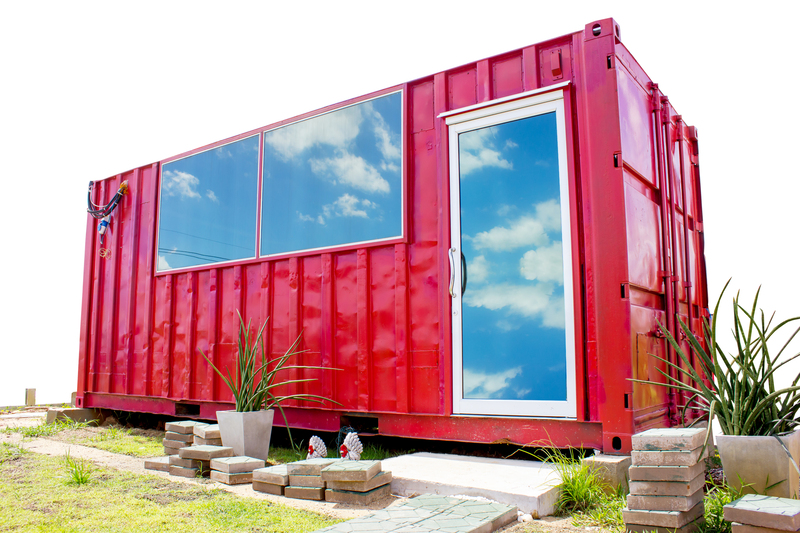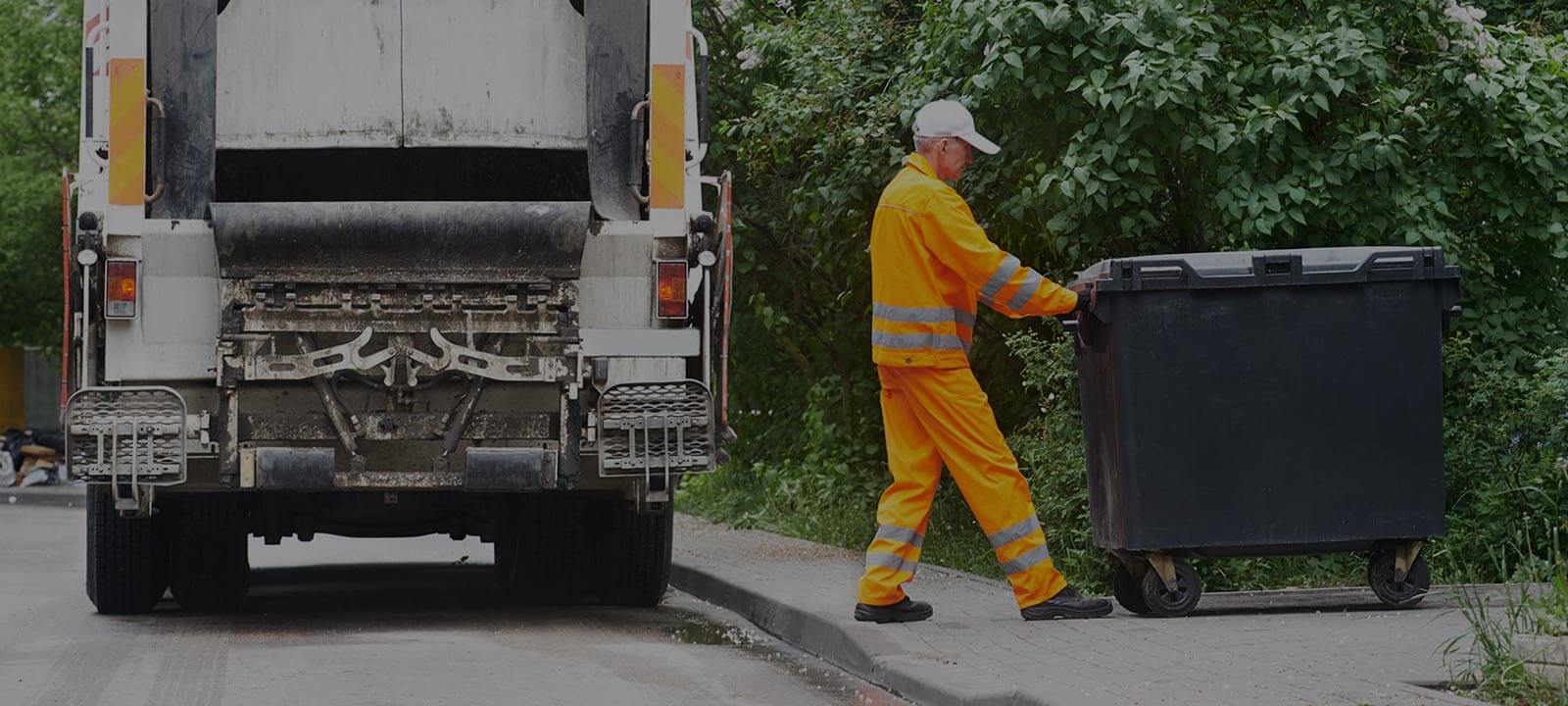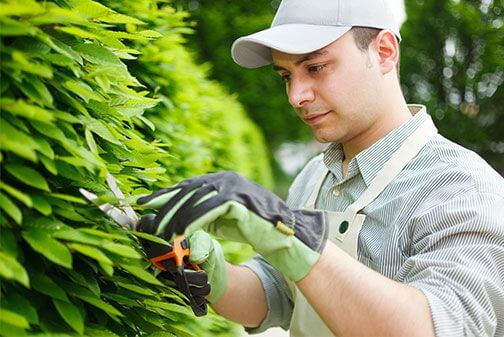Circular Economy and Polystyrene
Posted on 07/04/2025
The transition towards sustainable living has led to the rise of the circular economy, a concept aimed at minimizing waste and making the most of resources. In this context, the role of polystyrene, a commonly used plastic, has come under scrutiny. This article will explore the principles of the circular economy, the challenges and opportunities associated with polystyrene, and the innovative solutions paving the way for a more sustainable future.

Understanding Circular Economy
The circular economy is a model of production and consumption that emphasizes the reusability, repairability, and recyclability of materials and products. It stands in stark contrast to the traditional linear economy, which follows a 'take, make, dispose' approach. By rethinking the way we use resources, the circular economy aims to keep products in use for as long as possible, extract the maximum value from them, and regenerate natural systems.
In a circular economy, waste is viewed as a resource, and processes are designed to reduce environmental impact. This model encourages innovation and greater efficiency, leading to economic, environmental, and social benefits. Key principles include designing out waste, keeping products and materials in use, and regenerating natural systems.
The Role of Polystyrene
Polystyrene is a versatile plastic used in various applications, from packaging and insulation to consumer goods and medical supplies. Its widespread use is due to its properties: it's lightweight, durable, and an excellent insulator. However, polystyrene has also become a significant environmental concern due to its non-biodegradability and the challenges associated with its recycling.
Challenges of Polystyrene in a Circular Economy
1. Non-Biodegradability: Polystyrene can take hundreds of years to decompose, posing a severe threat to wildlife and ecosystems. Its presence in landfills and oceans has led to widespread environmental pollution.
2. Recycling Complications: Unlike other plastics, polystyrene is often contaminated with food residues or mixed with other materials, making it difficult to recycle. Additionally, the recycling process can be energy-intensive and costly, further discouraging its widespread adoption.
3. Public Perception: There is a general lack of awareness about the recyclability of polystyrene. Many consumers mistakenly believe that polystyrene cannot be recycled, leading to higher disposal rates.
Innovative Solutions for Polystyrene Recycling
Despite these challenges, several innovative solutions are being developed to improve the recycling rates of polystyrene and integrate it into the circular economy.
Mechanical Recycling
One of the most common methods, mechanical recycling, involves collecting, sorting, and processing polystyrene waste into new products. Advanced sorting technologies can separate polystyrene from other types of plastic efficiently, and compaction techniques reduce its volume, making transportation and processing more economical.
Chemical Recycling
Chemical recycling offers a promising solution to the polystyrene problem. This process breaks down polystyrene into its monomers, which can then be purified and repolymerized into new, high-quality polystyrene. Chemical recycling can handle contaminated or mixed polystyrene, making it a more versatile option. Companies are investing in technologies that make chemical recycling more energy-efficient and cost-effective.
Biodegradable Alternatives
Researchers are also exploring the development of biodegradable polystyrene alternatives. Polylactic acid (PLA) and polyhydroxyalkanoates (PHA) are two biopolymers that exhibit similar properties to polystyrene but are derived from renewable sources and decompose more readily. The adoption of these materials could significantly reduce the environmental impact of polystyrene products.

Case Studies and Success Stories
Several initiatives worldwide demonstrate the potential of integrating polystyrene into the circular economy.
Loop Industries
Loop Industries, a technology company focused on sustainable plastic solutions, has developed a process that converts low-value waste polystyrene into high-purity monomers. This technology not only creates a closed-loop system for polystyrene but also reduces the environmental footprint associated with its production.
PolyStyreneLoop
PolyStyreneLoop is a cooperative initiative aimed at building a network of recycling facilities across Europe. Their innovative approach combines mechanical and chemical recycling to tackle various forms of polystyrene waste, including insulation and packaging. By creating a comprehensive recycling infrastructure, PolyStyreneLoop is helping to close the loop on polystyrene within the region.
TerraCycle
TerraCycle's Zero Waste Box program provides consumers and businesses with a convenient way to recycle hard-to-recycle materials, including polystyrene. By partnering with manufacturers and retailers, TerraCycle ensures that collected polystyrene is processed sustainably, turning waste into new products.
Conclusion
The integration of polystyrene into the circular economy is a complex but achievable goal. By embracing innovative recycling technologies, developing biodegradable alternatives, and fostering greater awareness and collaboration, we can address the environmental challenges posed by polystyrene. As we transition to a more sustainable future, every step towards making polystyrene part of the circular economy brings us closer to a world where waste is a resource, and our impact on the planet is minimized.
Policymakers, industry stakeholders, and consumers all have a role to play in this transformation. By working together, we can turn the tide on polystyrene waste and create a more sustainable, circular economy for generations to come.






